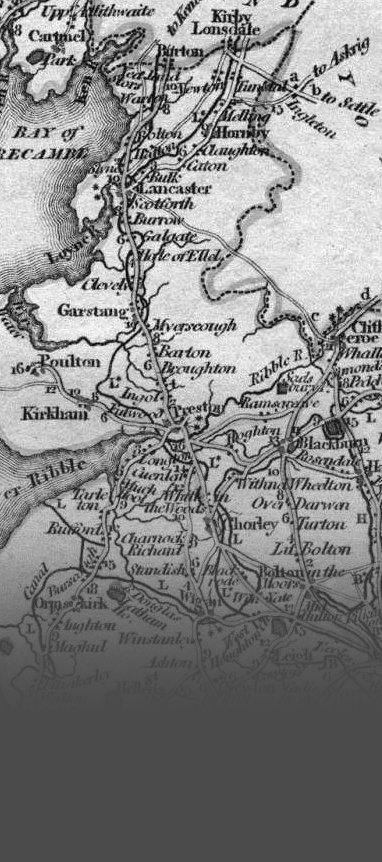

Astronomical importance on 300th Anniversary
10th June 2019
The 9 June 2019 is the 300th anniversary of the death of Henry Prescott, Deputy Registrar of Chester Diocese. Henry Prescott kept a diary from about 1680 until his death in 1719, although most of what survives of his diary covers the 15 year period from 1704. In it Henry details the people he met each day, the business he carried out in his work as a Deputy Registrar, where and how much alcohol he drank and which national and international news had arrived that day. The diary is a source of major historical importance and between 1987 and 1997 the Record Society of Lancashire & Cheshire published 3 volumes reproducing the diary along with analysis and commentary on its contents. As a keen amateur astronomer my particular interest in the diary stems from the fact that Henry recorded a number of astronomical observations after witnessing some spectacular celestial events in the sky. That aside it is impossible to read Henry’s diary without getting drawn into other interesting events and tales that he writes about!
I am very grateful to the Record Society for producing the modern reprint of Henry Prescott’s diary. This has enabled me to investigate Henry’s astronomical observations which include several major displays of the aurora borealis (the northern lights), a nearly total solar eclipse and a very bright fireball meteor that for half a minute turned night into day. Each of these is notable for various technical reasons and at the time they attracted nationwide attention and commentary. Henry was not an amateur astronomer but was moved to record these events because they were spectacular sights. The modern reprint of his diary has also helped me identify some interesting connections Henry had with well known astronomers of the day. Henry’s boss, the Registrar of Chester Diocese, was Dr Walter Pope but Pope did not carry out the Registrar’s work but deputed his administration to Henry in return for a proportion of the income, a not uncommon practice for the time! In fact Walter Pope had succeeded Christopher Wren as Professor of Astronomy at Gresham College, London in June 1662.
Pope had been appointed to the Registrar’s post by his step brother John Wilkins when Wilkins was appointed Bishop of Chester in 1668. As well as being an Anglican Churchman Wilkins was an author, scientist, polymath and a founder member of the Royal Society. In 1638 Wilkins wrote a book titled “The Discovery of a World in the Moone” in which he discusses the idea of travelling to the Moon and speculates on the possibility of life existing there. Then in 1640 he published a second book titled “A Discourse Concerning a New Planet” in which he supports the idea of the Earth as being one of the planets in the Copernican system. So Henry Prescott worked for a senior management team comprising two distinguished figures with very significant astronomy credentials. Henry also had connections with another well known astronomer, Edmond Halley, of comet fame. For two years from the summer of 1696 Halley worked in Chester at the Mint located inside Chester Castle. Sadly only about 2 months worth of Henry’s diary survives from this 2 year period, but it does contain one entry where Henry records being in the coffee house one evening with Halley and another friend Robert Davies.
I am writing a paper on the astronomical observations and connections of Henry Prescott which I hope will be accepted for publication in the Journal of the British Astronomical Association. I am sure that I am not the first, nor will I be the last researcher to benefit from the publications of the Record Society.
Richard Sargent